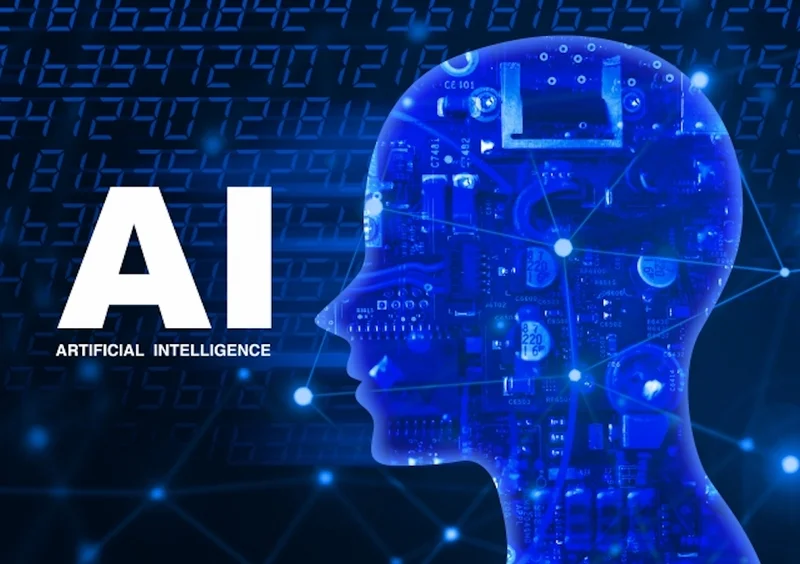AI News Today: What's New from Google, OpenAI & Nvidia
The AI Workforce Illusion: Why 12% is Just the Start, Not the Whole Story
Let's talk numbers, because the headlines are screaming, but the real story is always in the decimal points. MIT just dropped a report, "Project Iceberg," that’s got everyone buzzing about artificial intelligence. The headline figure? AI can already perform tasks equivalent to nearly 12% of the U.S. workforce—to be more exact, 11.7% of the labor market, impacting roughly 151 million workers and a staggering $1.2 trillion in wages. That’s not a small number by any measure. It certainly caught my attention, and I imagine it did yours too, especially if you follow `ai updates` or any `business news today`.
Now, before we all start stockpiling canned goods and learning to code in Rust, let’s dissect this. MIT’s research, developed with Oak Ridge National Laboratory, isn’t some back-of-the-napkin calculation. They've built what they call a "digital twin of the U.S. labor market," simulating 151 million individual workers across 923 job types in 3,000 counties. This isn’t just theoretical "exposure" to automation; it’s about tasks AI can already handle at a cost competitive with, or even cheaper than, human labor. It’s a sophisticated model, no doubt. But here’s where my analyst's antennae start twitching: a "digital twin" is a fantastic tool for simulation, but it’s still a model. It predicts capability and economic feasibility, which is crucial, but it doesn't account for the inertia of human organizations or the sheer friction of real-world implementation. The question isn't just can AI do it, but will businesses actually make that leap, and at what pace, given the myriad non-technical constraints?
The Iceberg's Hidden Depths and the Market's Uneasy Calm
The report itself carries a significant caveat, one that often gets lost in the sensational soundbites: the 11.7% reflects technical capability and economic feasibility, not a direct prediction of job disappearance on a set timeline. This is where the narrative often diverges from the data. Current AI adoption, the report notes, has been concentrated in tech, especially coding, representing about 2.2% of wage value (roughly $211 billion). But the potential impact across finance, healthcare administration, human resources, logistics, and professional services like legal and accounting work, is five times that amount, hitting that $1.2 trillion mark. This suggests a massive, untapped reservoir of disruption, largely in the white-collar, knowledge-heavy fields that many, including myself, once considered relatively insulated.
This is the part of the report that I find genuinely puzzling, not in its findings, but in the disconnect it highlights. We’re talking about a slow-moving, systemic shift that’s already underway, yet the broader market seems to be reacting to it like a frog in slowly boiling water. We see `nvidia news` about their stock falling because Meta might consider Google AI chips, which is a significant competitive shift in the underlying infrastructure, but it’s a ripple compared to the potential tsunami in the labor market. Alibaba Launches New Quark AI Glasses Series in China, Deeply Integrated with Qwen just launched its Quark AI Glasses, integrating its Qwen AI model deeply into consumer products, showing how AI is being woven into daily life and creating new markets, even as it threatens existing ones. This dual narrative of creation and destruction is what makes the current landscape so complex.

Here's a thought: if AI is already capable of handling a meaningful chunk of administrative tasks across multiple sectors, why haven't we seen a more dramatic shift yet? Is it simply the cost of retraining, the complexity of integrating new systems, or perhaps a lack of leadership foresight? Or are we, as a society, simply not ready to confront the scale of this impending change? It’s like standing at the edge of a cliff, knowing a storm is coming, but still debating the precise wind speed while the first drops of rain start to fall.
Beyond the Alarm Bells: What the Numbers Really Implicate
While MIT’s researchers caution that capability doesn't automatically translate into widespread job losses, others are far less sanguine. Dario Amodei, CEO of Anthropic, warned that AI could wipe out 50% of entry-level white-collar jobs within five years. And the "godfather of AI," Geoffrey Hinton, painted an even bleaker picture, suggesting AI will drive profits for the rich at the expense of catastrophic unemployment. These aren’t just casual observations; these are sharp, pointed warnings from individuals deeply embedded in the development of these technologies.
My analysis suggests that the truth lies somewhere in the uncomfortable middle, but leans heavily towards the necessity of rapid adaptation. The "Iceberg Index" isn’t designed to forecast specific layoffs, but it is designed to help policymakers and business leaders stress-test scenarios. Tennessee, North Carolina, and Utah are already using it. This isn't just academic curiosity; it’s a practical tool for governments grappling with how to retrain workers, support exposed sectors, and adapt social safety nets.
This isn't just about `openai news` or the latest LLM breakthrough anymore. It's about fundamental economic restructuring. The window for companies to treat AI as a distant future issue is closing, if it hasn't already slammed shut. For governments, the practical questions about workforce retraining and social support systems are no longer theoretical. The 11.7% isn't just a number; it's a flashing red light on the dashboard of the global economy, indicating that the engine is about to change gears, whether we're ready or not. The question isn't if the landscape changes, but how quickly we can redraw the map.
